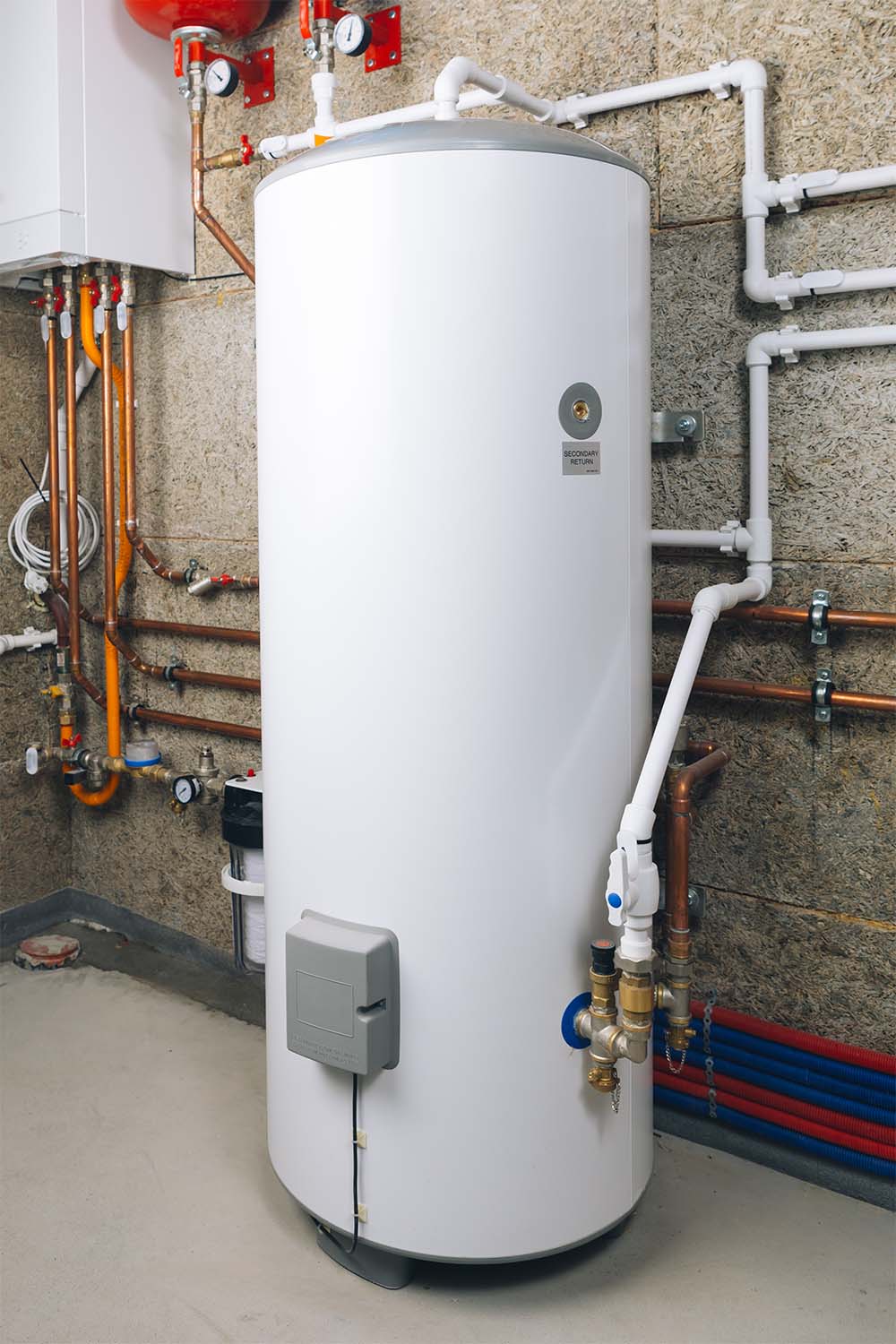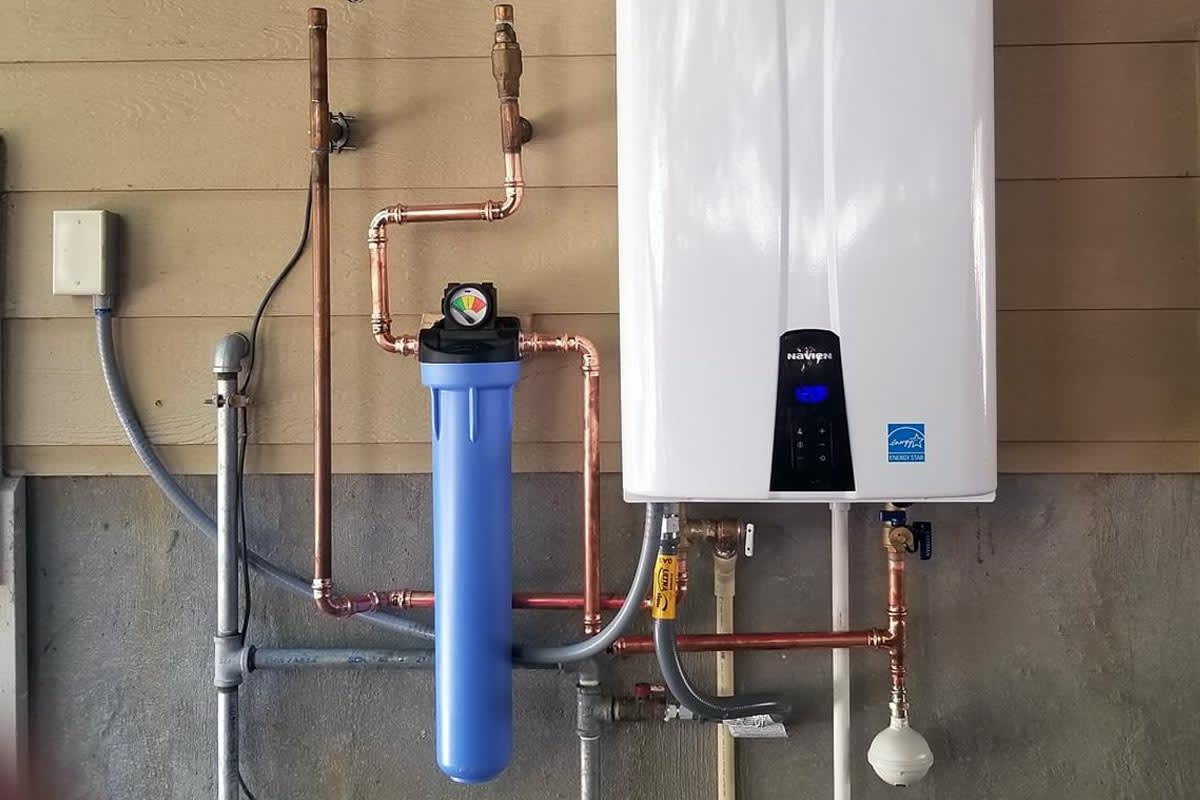What to Maintain Your Home's Hot Water System EffectivelyEffective Techniques for Caring for Your Home's Hot Water SystemEasy Steps to Caring for Your Home's Hot Water System
What to Maintain Your Home's Hot Water System EffectivelyEffective Techniques for Caring for Your Home's Hot Water SystemEasy Steps to Caring for Your Home's Hot Water System
Blog Article
The article further down relating to What Kind of Maintenance Do Water Heaters Need? is rather enlightening. Don't miss out on it.

Hot water is important for daily convenience, whether it's for a revitalizing shower or washing recipes. To guarantee your hot water system runs successfully and lasts longer, routine upkeep is key. This short article gives practical suggestions and understandings on exactly how to keep your home's hot water system to prevent disruptions and expensive fixings.
Intro
Preserving your home's warm water system might seem complicated, yet with a few basic steps, you can guarantee it runs smoothly for years ahead. This guide covers whatever from recognizing your hot water system to do it yourself maintenance pointers and understanding when to call professional assistance.
Importance of Preserving Your Hot Water System
Routine upkeep not only prolongs the life-span of your warm water system but likewise guarantees it runs efficiently. Ignoring upkeep can lead to decreased effectiveness, higher energy expenses, and even premature failing of the system.
Indications Your Hot Water System Requirements Maintenance
Understanding when your hot water system needs attention can avoid significant issues. Look out for signs such as inconsistent water temperature, strange noises from the heater, or rustic water.
Comprehending Your Hot Water System
Before diving into maintenance tasks, it's practical to recognize the basic components of your hot water system. Usually, this consists of the water heater itself, pipes, anode rods, and temperature level controls.
Month-to-month Upkeep Tasks
Normal monthly checks can help catch minor issues before they intensify.
Flushing the Water Heater
Flushing your water heater removes sediment buildup, improving effectiveness and extending its life.
Monitoring and Changing Anode Rods
Anode poles stop rust inside the storage tank. Checking and replacing them when worn out is essential.
Examining and Readjusting Temperature Level Setups
Readjusting the temperature level setups makes sure ideal performance and security.
DIY Tips for Maintenance
You can do numerous upkeep tasks yourself to keep your hot water system in leading problem.
Looking for Leakages
On a regular basis check pipes and connections for leaks, as these can bring about water damages and higher costs.
Evaluating Stress Relief Valves
Testing the stress safety valve ensures it operates properly and prevents too much pressure build-up.
Protecting Pipes
Shielding hot water pipelines lowers warm loss and can save power.
When to Call a Professional
While do it yourself maintenance is beneficial, some problems call for expert proficiency.
Complicated Problems Needing Expert Help
Instances include major leakages, electrical problems, or if your hot water heater is constantly underperforming.
Routine Expert Upkeep Advantages
Specialist maintenance can consist of comprehensive examinations, tune-ups, and ensuring compliance with safety and security standards.
Verdict
Regular upkeep of your home's warm water system is vital for performance, longevity, and expense financial savings. By adhering to these tips and understanding when to look for professional assistance, you can make certain a reputable supply of warm water without unexpected interruptions.
How to Maintain an Instant Hot Water Heater
Before tinkering with your hot water heater, make sure that it’s not powered on. You also have to turn off the main circuit breaker and shut off the main gas line to prevent accidents. Also turn off the water valves connected to your unit to prevent water from flowing into and out of the appliance. 2. When you’re done, you have to detach the purge valves’ caps. These look like the letter “T” and are situated on either side of the water valves. Doing so will release any pressure that has accumulated inside the valves while at the same time avoid hot water from shooting out and burning your skin. 3. When the purge valves’ caps are removed, you have to connect your hosing lines to the valves. Your unit should have come with three hoses but if it didn’t, you can purchase these things from any hardware or home repair shops. You can also get them from retail stores that sell water heating systems. Read the user’s manual and follow it to complete this task properly. When the hosing lines are connected, open the purge port’s valves. 4. You should never use harsh chemical cleaners or solutions when cleaning your unit. Make use of white vinegar instead. It should be undiluted and you’ll probably use about 2 gallons. 5. Now flush your water heater. This task should probably take about 40 minutes. We can’t give you specific directions for this because the procedure is carried out depending on the type, model and brand of your heater. With that being said, refer to the user’s manual. 6. When you’re done draining the unit, you have to turn off the purge port valves again. Remove the hosing lines that you earlier installed on each of the water valves. Put the valve caps (purge port) back in their respective places and be very careful so as not to damage the rubber discs that are found inside these caps. 7. Now that everything’s back in place, check your user’s manual again to find out how to reactivate your water heating system. 8. Once it is working, turn one of your hot water faucets on just to let air pass through the heater’s water supply pipes. Leave the tap on until water flows smoothly out of it. https://www.orrplumbing.com/blog/2014/september/how-to-maintain-an-instant-hot-water-heater/

As an enthusiastic reader on Water Heater Maintenance Tips You Can't Afford to Forget, I assumed sharing that excerpt was mandatory. Do you know somebody who is truly interested in the niche? Why not share it. Thank-you for your time invested reading it.
Set Up An Appointment Report this page